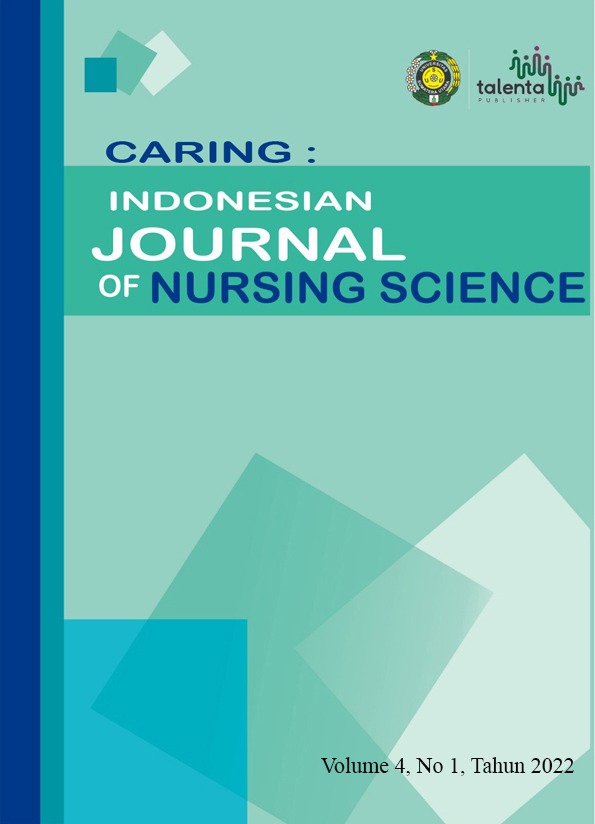The Intervention of Isometric Exercise and Yoga Breathing on Hypertension
DOI:
https://doi.org/10.32734/ijns.v4i1.8933Abstract
Hypertension is the most common disease suffered by Sungai Rangas Ulu Village people. The majority of people who are living in the village are fishermen. The fish obtained are preserved in salted fish and consumed by them. The patient in this case report is a smoker and one of the residents who often consume salted fish. Local culture is one of the factors that cause hypertension. One of hypertension management is complementary therapy such as isometric exercise and yoga breathing. This study described the results of nursing care on hypertension patients through isometric exercise interventions and yoga breathing. This study used a case study method on one of the hypertension sufferers. A client in Sungai Rangas Ulu Village was chosen randomly or accidentally for the case report. A client was given isometric exercise and yoga breathing intervention and observed their blood pressure using a sphygmomanometer every day for six days. The assessment results on the client can establish a nursing diagnosis: risk of the ineffectiveness of peripheral tissue perfusion associated with hypertension. The client was given an isometric exercise and yoga breathing intervention to achieve the outcome. The intervention result was decreased blood pressure (before = 180/120 mmHg, and after = 153/100 mmHg). Isometric exercise and yoga breathing can make the client more relaxed and increase blood circulation, decreasing blood pressure. There is an effect when given isometric exercise intervention and yoga breathing on reducing blood pressure in a client with hypertension.
Downloads
Downloads
Published
How to Cite
Issue
Section
License
Copyright (c) 2022 Caring: Indonesian Journal of Nursing Science

This work is licensed under a Creative Commons Attribution 4.0 International License.








